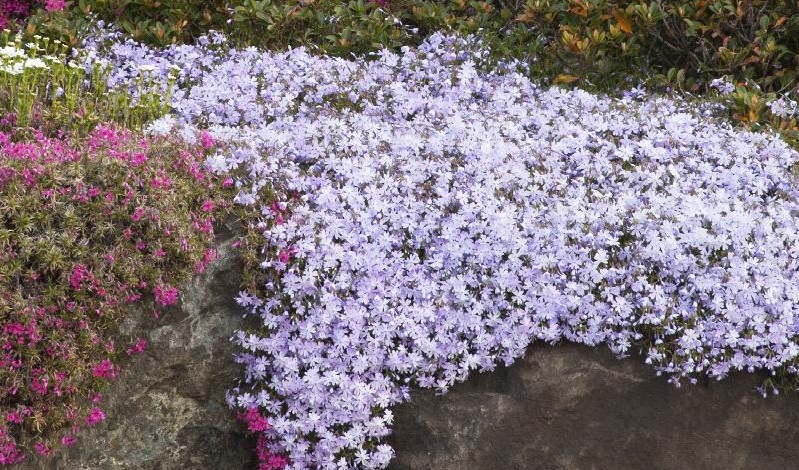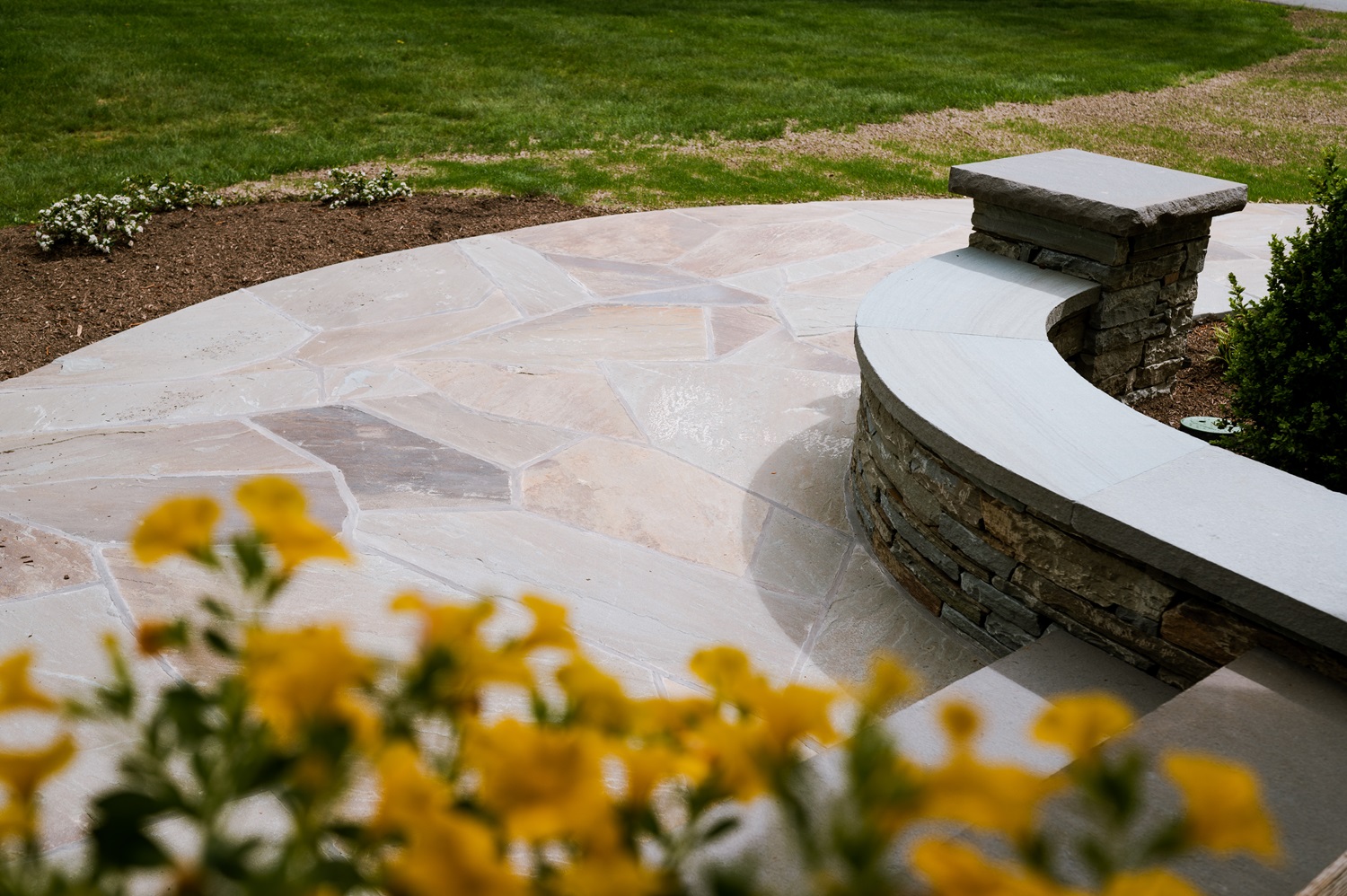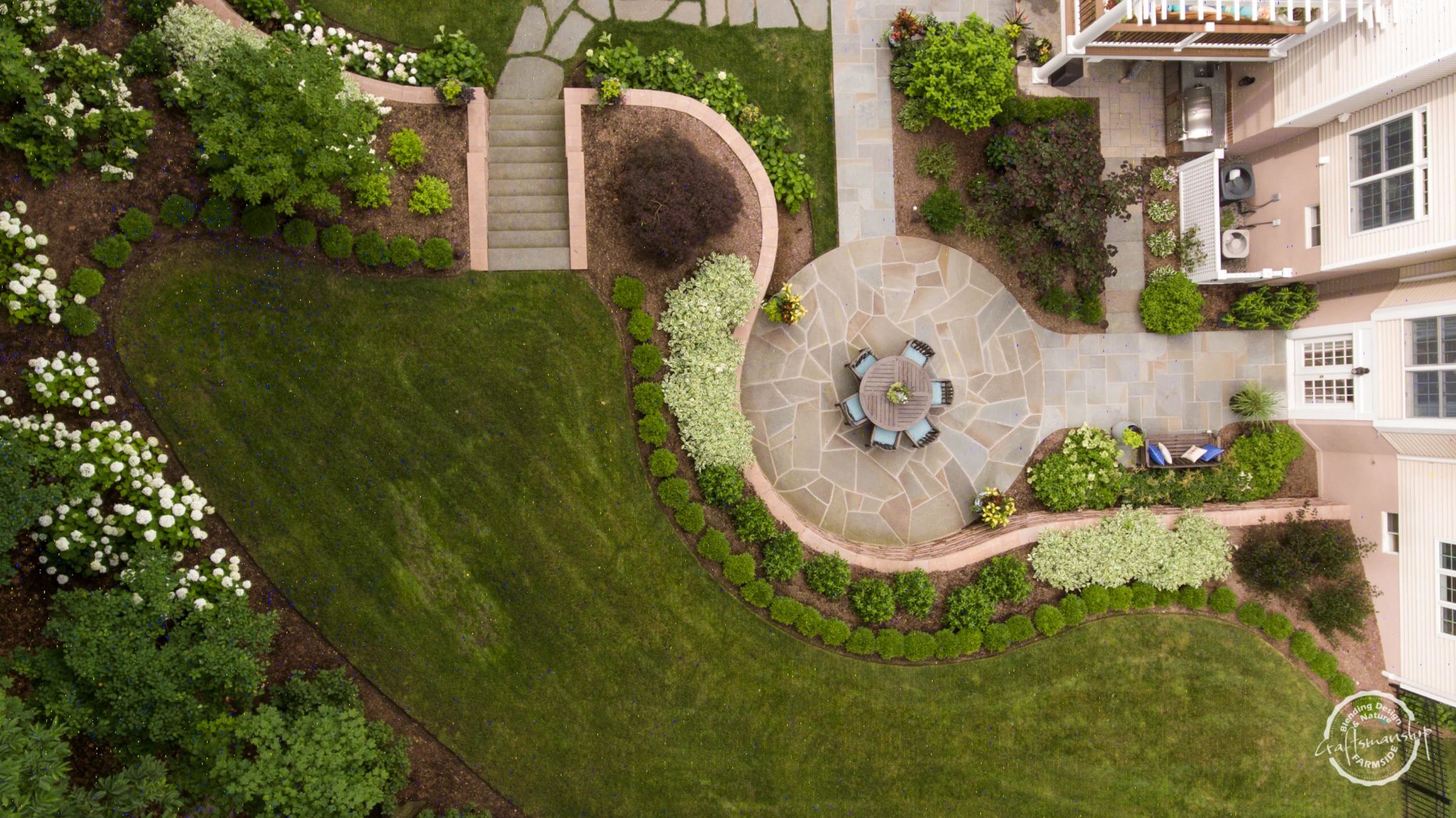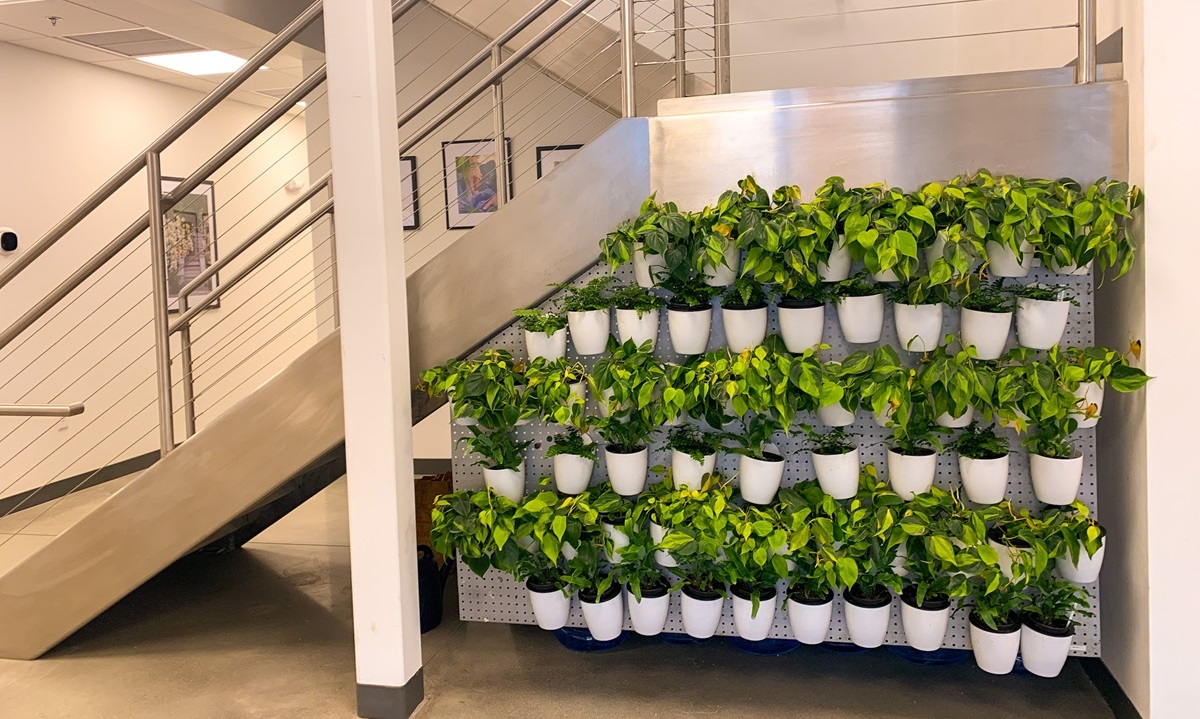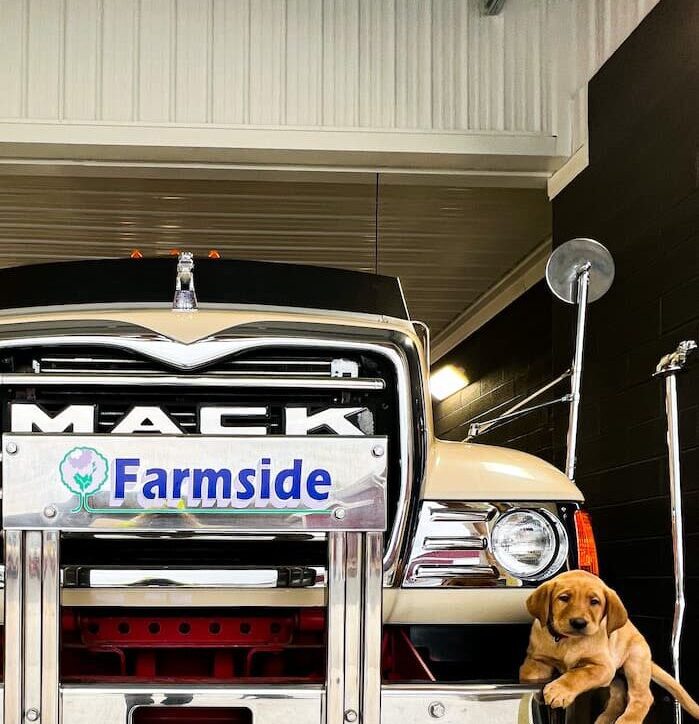Weeds are everywhere – in our lawns, our gardens, in crevices in our sidewalks, walkways and driveways. This tenacity for growth, especially in seemingly unhospitable conditions like compacted soil, drought, and even pavement – is one of the defining characteristics of weeds. But what actually makes a weed a weed? The Merriam-Webster Dictionary defines a weed as “a plant that is not valued where it is growing and is usually of vigorous growth.” If that sounds vague, it’s because it can be hard to determine when a plant is considered a weed. A plant can be considered a weed in one environment and a food or beneficial plant in another.
In our next series of blog posts, we’re taking a deep dive into weeds – from their initial identification to steps to take to prevent them, methods of removal and even what weeds can tell you about your soil, based on which types you find there.
Weed Characteristics
As noted earlier, weeds have a tremendous capacity to survive, even thrive, in conditions many other plants could not. Here are some other characteristics of weeds:
- Weeds produce a large number of seeds.
- Weed seeds have very long viability.
- Weeds spread in a variety of ways, in both sexual and vegetative means.
- Weeds can withstand poor environmental conditions, including trampling.
- Weeds are aggressive spreaders.
Weeds can be dispersed in a variety of ways, such as wind, moving water (flooding), by attaching to humans or animals or by being ingested and passed by birds.
Types of Weeds
A weed can be a plant that can simply be undesirable where it’s growing, or something of greater concern, causing economic losses, ecological damage, or creating health problems for animals and humans. Weeds are classified by different attributes such as seasonal emergence, physical structure, and their larger impact on the environment, humans, and animals. Here are some common classifications of weeds:
Annual Weeds: Annual weeds are defined as those that germinate from seeds and grow, flower, produce seeds and die within 12 months or less. Annual weeds are further categorized by the season in which they germinate and grow. Winter annuals, such as chickweed, sprout in the fall, thrive during the winter and die in late spring or early summer. Summer, or warm-season grasses such as crabgrass and goosegrass, sprout in the spring and thrive in summer and early fall.
Perennial Weeds: Perennial weeds live more than 3 years. They reproduce from non-seed/ vegetative parts such as bulbs, rhizomes, tubers, or stolons, though some also produce seeds. Perennial weeds, such as Virginia Buttonwood and white clover, are the most difficult to control because of their great reproductive potential.
Biennial Weeds: There are also biennial weeds, which complete their growth in two years. The first year, the plant produces leaves and stores food. The second year, it produces fruits and seeds. Biennial weeds are most commonly found in untilled fields, pastures, and untended fencerows.
Common Invasive Weeds: Include both native and non-native weeds. Non-native weeds lack natural competitors or enemies to curtail their growth, which allows them to overrun native plants, displace species, and alter ecosystems. Classic examples include Kudzu and English Ivy.
Noxious Weeds: Include plant designated by federal, state, or local government officials as injurious to public health, agriculture, recreation, wildlife, or property. Field Bindweed and Purple Loosestrife are classic examples. See a list of noxious weeds by state here: http://wssa.net/links/noxious-weed-list/
Broadleaf Weeds: As their name indicates, broadleaf weeds are weeds with leaves, such as dandelions, broadleaf plantain, chickweed and clover. Broadleaf weeds can spread not only through seeds, but also via rhizome or stolon. If you opt for chemical weed control methods, it’s important to know whether you have broadleaf or grassy weeds.
This is because most broadleaf weed killers are selective, allowing you to easily spot treat weeds. Non-selective weed killers can be used for grassy weeds, but if not applied carefully, can kill other plants they touch.
Grassy Weeds: Grassy weeds have their name because they closely resemble desirable grasses. This often makes them more difficult to identify than broadleaf weeds. Grassy weed blades emerge as a single leaf from a germinated grass seed. They grow to be long with parallel veins and have round, hollow stems and hard, closed joints (nodes) with alternating leaf blades on each side. Crabgrass, Bent Grass, Tilt Grass, and Rough Stalk Bluegrass are types of grassy weeds.
Main Image credit S. Hermann & F. Richter from Pixabay





